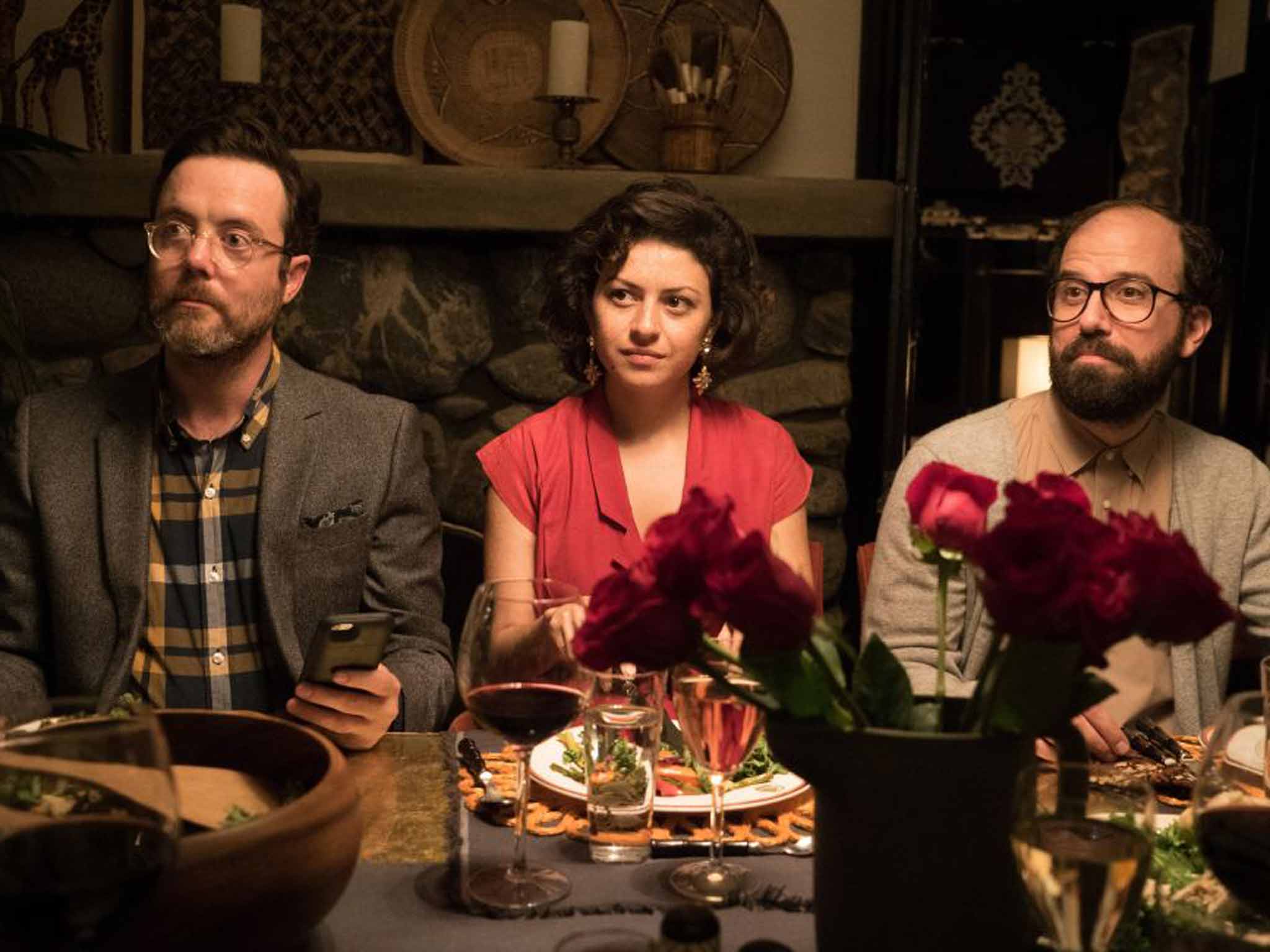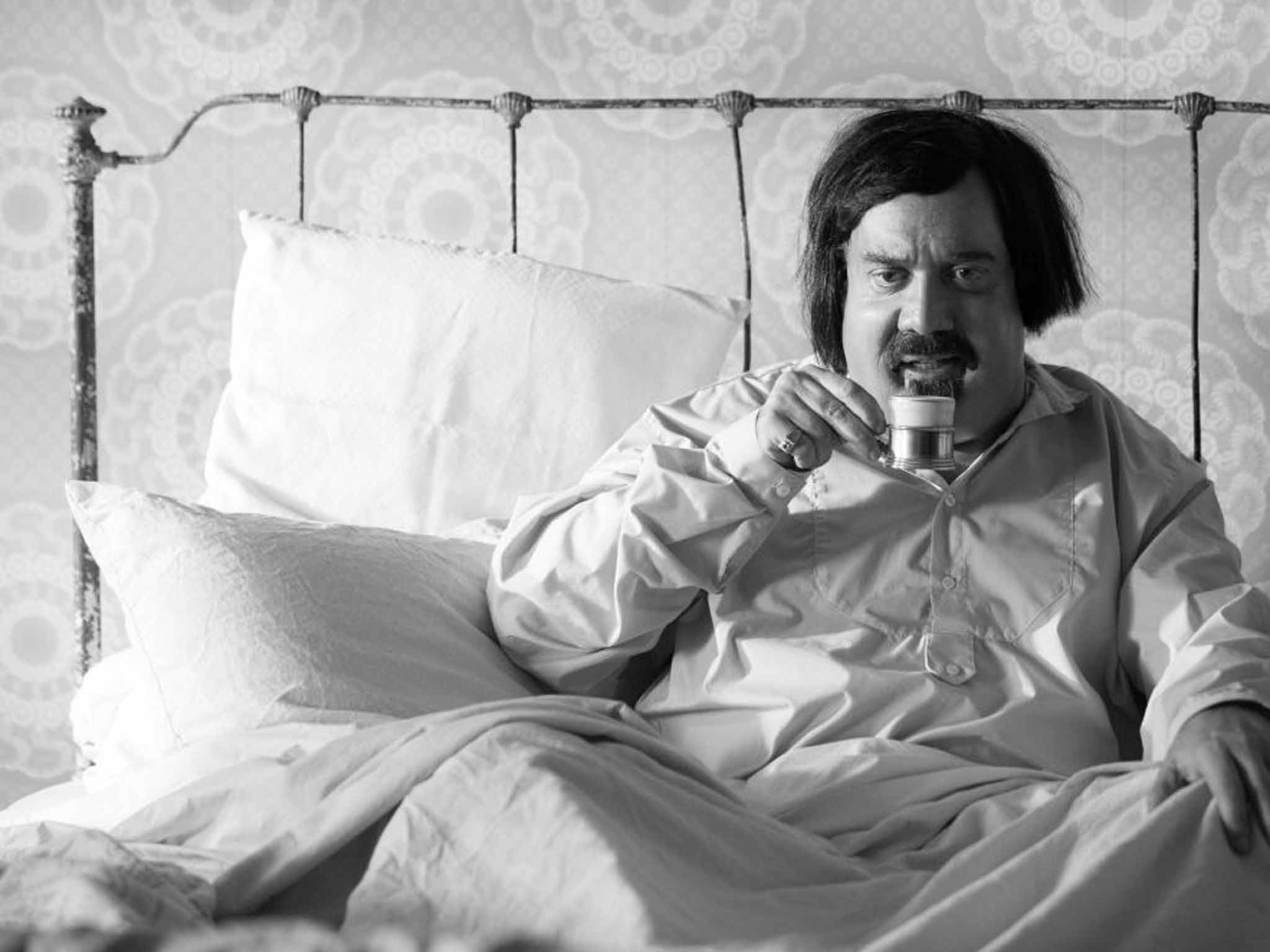The New Yorker Presents: The magazine has jumped into the digital world with radio and a TV show on Amazon Prime
But is moving into a TV format symptomatic of how we now consume media?

Your support helps us to tell the story
From reproductive rights to climate change to Big Tech, The Independent is on the ground when the story is developing. Whether it's investigating the financials of Elon Musk's pro-Trump PAC or producing our latest documentary, 'The A Word', which shines a light on the American women fighting for reproductive rights, we know how important it is to parse out the facts from the messaging.
At such a critical moment in US history, we need reporters on the ground. Your donation allows us to keep sending journalists to speak to both sides of the story.
The Independent is trusted by Americans across the entire political spectrum. And unlike many other quality news outlets, we choose not to lock Americans out of our reporting and analysis with paywalls. We believe quality journalism should be available to everyone, paid for by those who can afford it.
Your support makes all the difference.Despite being a little slow turning up to the digital party, The New Yorker appears to have suddenly, surprisingly, become something of a tech pioneer in the publishing industry. Given its reputation for, and commitment to, the type of long-form journalism that has become untenable elsewhere, you might not instantly look to the 90-year-old publication to pave the way when it comes to digital innovation. And yet. Last October heralded not just a 90th birthday but the launch of a weekly online radio show, produced in conjunction with WNYC. And tomorrow sees the release of the first instalment in a new Amazon Prime TV series, The New Yorker Presents, which aims to bring the pages and personality of the magazine to life in six half-hour episodes.
Mixing original comedy shorts (starring actors such as Alan Cumming and Andrew Garfield), with interviews conducted by New Yorker writers, cartoons, poetry and condensed documentaries based on pre-existing articles, watching an episode really does feel like flicking through the pages of the magazine. Even the title screen is laid out in the style of the contents page using that same distinctive font.
It may sound like this could be the easier way to digest some of the magazine's chewier articles (especially as no segment passes the 12-minute mark), but don't cancel your magazine subscription just yet. The shows aren't a literal transference of word to screen – as David Remnick, the editor who has presided over the publication for the past 17 years points out, that is “almost never successful”. Rather, the series is a reimagining of the magazine as a visual product.
“We certainly wanted to honour the spirit of the magazine,” says Oscar-winning documentary-maker Alex Gibney, one of the executive producers of the series. “But at the same time, we wanted to find a way to reinvent the television magazine show which has become more abundant and monochromatic. By having a lot of different voices as David has in the magazine, we felt we could accomplish that.”
Remnick, too, is adamant that the magazine should serve only as a starting point for Gibney and his fellow executive producer Kahane Cooperman, whom he describes as the “real brains behind the show”, to do creative work of their own. “The one thing I would never in a million years want to happen,” Remnick tells me over the phone, “is have Alex and Kahane treat The New Yorker like a museum.”
Clearly then, Remnick is not one to wrap the magazine's heritage in cotton wool, to protect it from the big bad internet. “We'd be fools at The New Yorker not to take advantage of the technology and creativity available to us,” Remnick says but only, he adds, if it works. “In other words, if I know I'm working with people with shared values, then it becomes an interesting proposition. Alex and Kehane are two of the greatest American documentarians that we have, so we knew we were in really good creative hands.”
Remnick is not blind to the idea that bringing The New Yorker to a TV format will expose it to a new, probably younger, audience and thus, potentially, new readers, too. He also recognises that creating new products is key to the company's growth. “The business of doing The New Yorker in the days of the legendary William Shawn [the magazine's editor from 1952 to 1987] was once a week you put out a great print magazine. That was hard enough... Now we do some other things too,” Remnick says.
But is moving into a TV format symptomatic of how we now consume media? That we no longer have the patience, concentration or even, perhaps, brain power to read anything of length? Is this passive consumption?

“I get out of bed every morning in conflict with that supposition,” says Remnick. “We do short things online, we do short things in print, but we're also publishing every single week pieces that range from 6,000 to 15,000 words. When I first started going to meetings with web people (and I was usually invited as the mainstream media stegosaurus), one of the evangelical beliefs of the early web was that no one was going to read anything of any length anymore. And I think that's bullshit. Our younger readers are coming to us to read those very pieces.”
Gibney points out: “Things on the video side are exactly the same. You run the gamut now from Vines to series such as The Jinx and Making a Murderer. People are bingeing in a way they've never done before and yet at the same time, they're doing a lot of skimming and sharing of short videos. It's a combination of short and long.”
Does Remnick hope, then, that viewers will be coaxed towards the website to pick up reading where the show ends? “If somebody were to watch the programme and then go to the website and read the piece, how could I possibly argue with that? What a wonderful consequence,” he says. “I think in the old days they used to call that synergy, but now we've gone way beyond that.”
Join our commenting forum
Join thought-provoking conversations, follow other Independent readers and see their replies
Comments